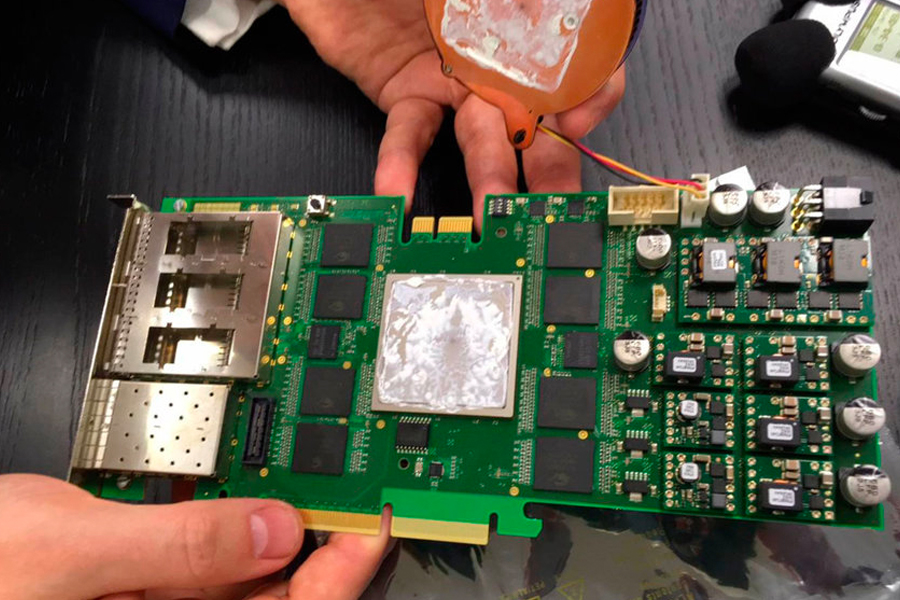A smart FPGA module (field-programmable gate array) is an integrated circuit. The great thing about this module is that designers and engineers can easily program and re-program it, according to their projects. Less complexity, fast processing speed, and programmable features are some of its benefits. It should be noted that its use in other areas is increasing, especially in those applications that require a high degree of parallelism.
Field-Programmable Gate Array (FPGA)
An FPGA module consists of logic blocks. The logic blocks used in an array of field-programmable gates can consist of memory elements such as flip-flops or memory blocks. Logical blocks are capable of performing simple to complex computational functions. The FPGA circuits have high speed. They are reliable and predictable. Another characteristic of a synthesized design is that its energy consumption is very low because the component itself is efficient in terms of energy.
FPGA can help designers with its reprogramming option
An FPGA allows the implementation of any application-specific digital circuit. Depending on the size of your design and the speed of your nonvolatile storage, this can cause a fast operation from boot to full operation. Other advantages of using programmable door arrays in the field include a more predictable lifecycle due to removal of wafer features, potential re-spins, faster time to market compared to other options, and a simple design cycle. Field-programmable port arrays are used in a wide variety of applications and in markets such as aerospace, defense, data centers, and automotive, medical, and wireless communications.
FPGA Architecture
An FPGA is made up of a matrix of configurable logical blocks. Each block is made up of Slices and each Slice is made up of Logic Cells. The smallest unit of An FPGA is the logical cell or logical element. A logic cell mainly contains a 4-input, Look-Up Table, a multiplexer, and a register. The register can be configured as flip-flops or as a latch. A Slice is made up of two or more individual logic cells that share the same clock signal. One step up in the hierarchy we have the Logic Block Configurable and Logical Array Block. The purpose is to achieve optimal compensation.
Distributed ram and shift registers
Each logic cell also contains special logic for carry handling, which allows you to perform arithmetic circuits such as counters. The amount of embedded RAM varies between devices and between families, some may have hundreds of kilobits and other more advanced FPGA modules may have hundreds of Mega bits.
Adder and multiplier circuits are slow as they generate long propagation delays when connecting a large number of CLB modules together. Because of this and because they are very common operations, many FPGA modules incorporate adder and multiplier blocks. These are commonly located near embedded RAM because it is used in conjunction with it.
FPGA digital signal processing
Very common operations in digital signal processing are called ‘multiply and accumulate’. As the name suggests, this function multiplies two numbers and then adds the result to an accumulator. This operation is used for calculating convolution, Fast Fourier Transform, Fast Wavelet Transform, etc. See if your interfaces have special I/O requirements like special voltages or high speed SerDes.

